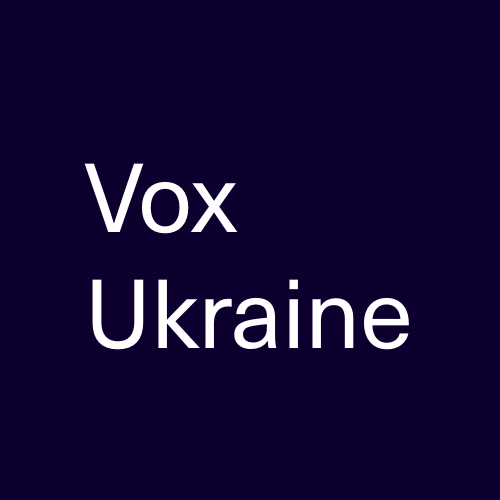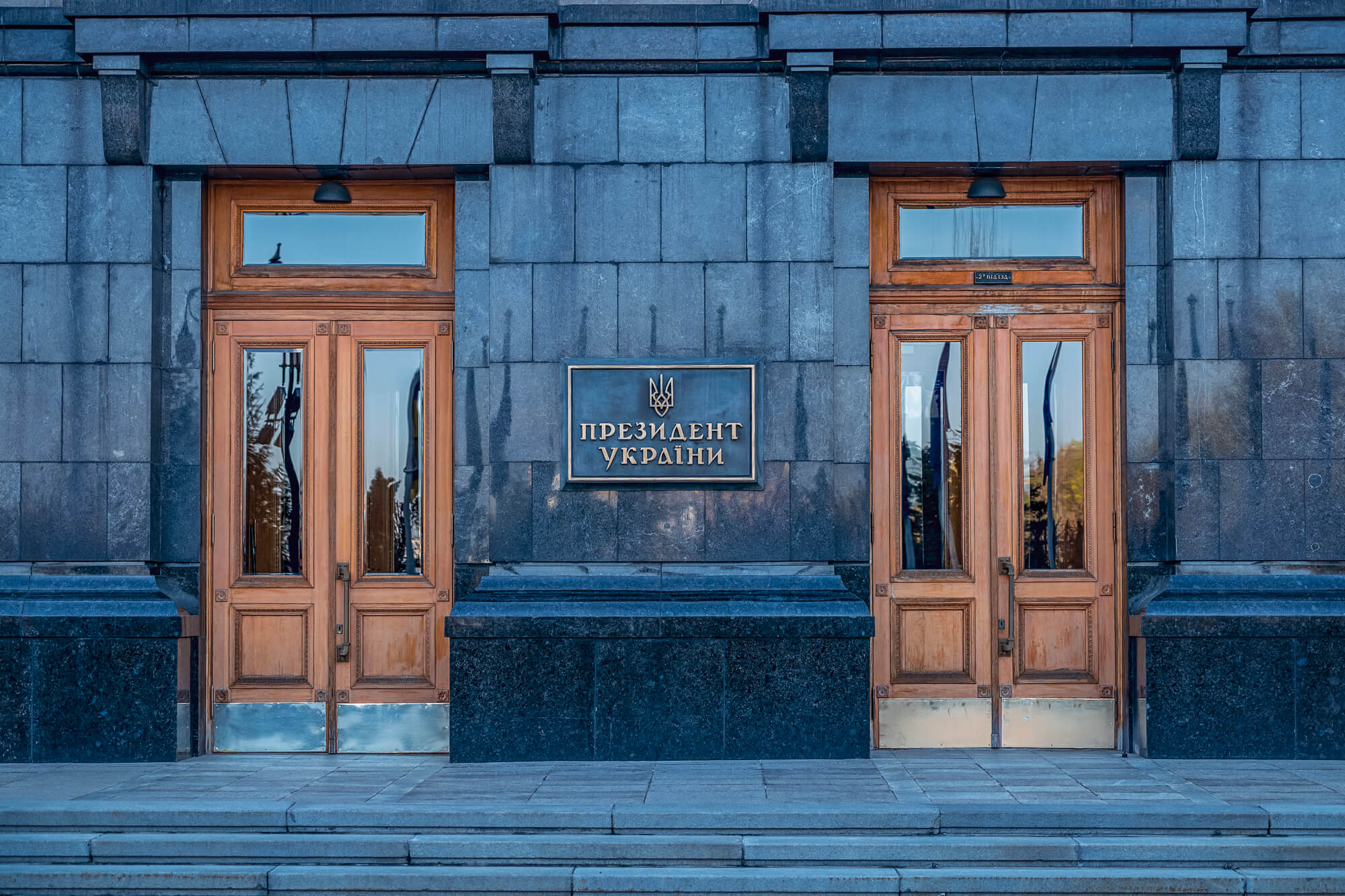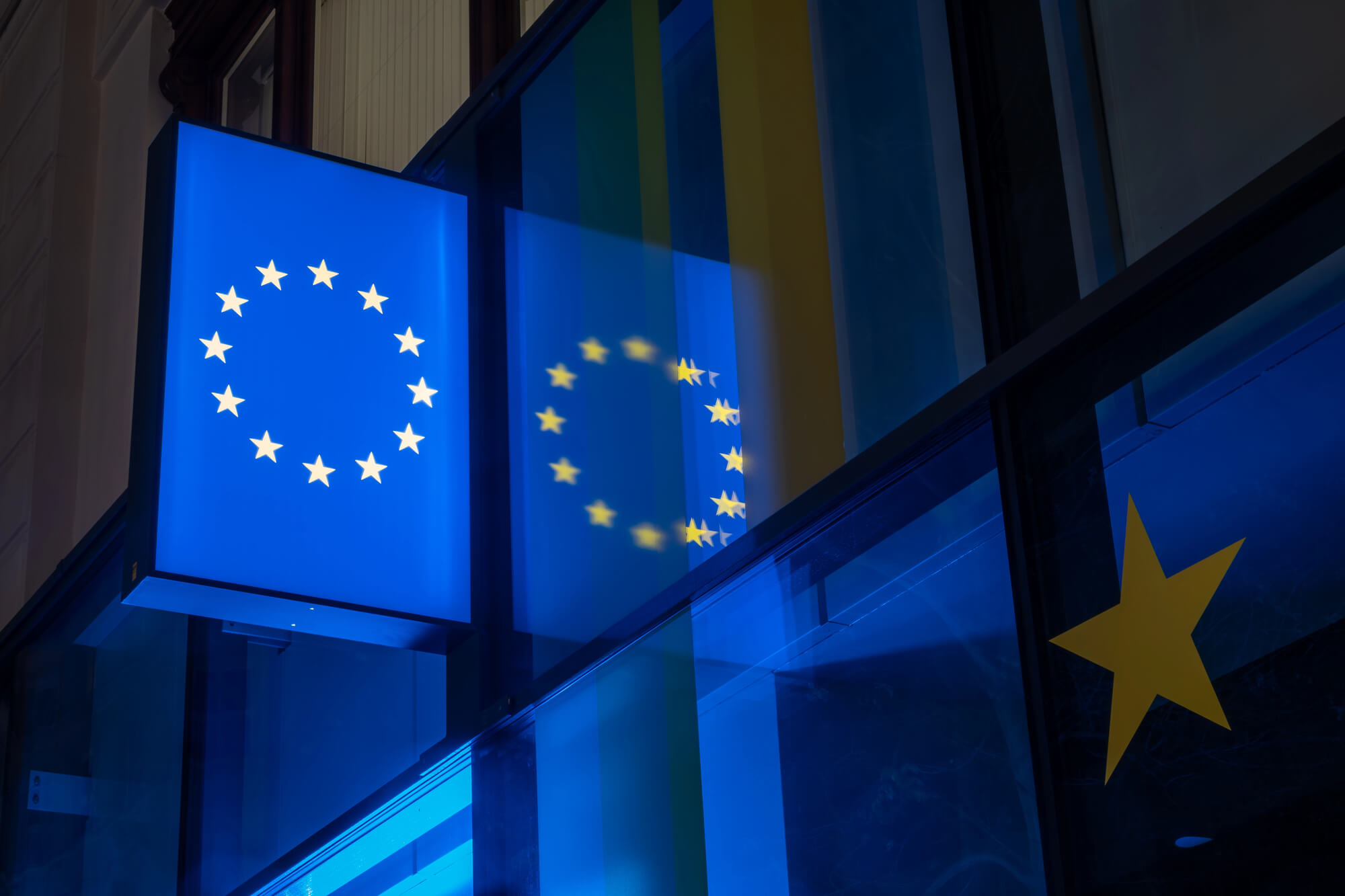In Ukraine wholesale prices in May and June significantly dropped because of the fall in world oil price. The market settled down the supply of fuel from Russia as well, but at the end of May and early June there had been an issue about it. So, diesel fuel fell by 17%, from 29.500 to 24.800 UAH per ton.
But during this period, retail pump fuel prices keep being almost unchanged. The price cut started in early July, at the present moment the prices for gasoline and diesel fuel have lost 1 UAH per liter. Auto gas (LPG) for the month fell by 0.5 UAH. Why is the market reaction so “slowness in responding”?
First, in May and June there was an uncertainty first concerning supplies from Belorussia, and then from Russia. Retailers were in no hurry to reduce prices because they did not rule out the growth of wholesale prices due to the shortage. When this risk retreated, and attention to the imbalance in prices began to increase—fuel filling stations began to reduce pump prices.
Secondly, one should pay attention to the tactics of the most powerful market player—Ihor Kolomoisky’s Privat group of companies that controls 20% of the market of fuel filling stations, or about 1500 gas stations throughout the country. Over the last six months, this network has come close to the maximum market prices that hold the so-called “premium” networks, although for almost 20 years it has been the so-called legislator of the minimum level prices. Despite all the prerequisites, Privat kept stable prices in May-June, “forgetting” to lower them. The rest of the players did not hurry as well, not wanting to conflict with the leader, that, moreover, recently gained political capital.
The new pricing policy of Privat has objective grounds. The group of companies mainly sells its Kremenchug refinery, where the profitability of oil refining is low due to technical imperfection and the cost of oil supplied by the sea. To maintain profitability (the profitability of business. — Editor’s comment), it needs to sell petroleum products more expensive. It’s likely the case happening recently. In general, taking into account new political environment, Privat could significantly increase its market lead not only due to increased processing in Kremenchug, but as well due to imports through its own existing maritime terminals, which already takes place. In the previous “regime”, Privat was forced to reduce the volume of business as much as possible not to have a risk to get assaulted by the pro-government forces.
What would happen to the price
There are all prerequisites for more active price fall. At present, the average price has already decreased by 1 UAH per liter, and in some networks even more than 1 UAH. According to our calculations, there is currently a potential to decrease in 2-2,5 UAH within the next two weeks. So, the objective cost of diesel fuel for today is 26 UAH per liter (the average in Ukraine on June 10 is 28.82 UAH per liter), gasoline A-95 costs 27.5 UAH per liter (29.37 UAH per liter).
As for LPG, today’s market price is 13.20-13.50 UAH per liter. The price fall is possible, but insignificant: up to 0,5 UAH.
How Russia racketeers Ukraine
The main factor of the market stability is a steady cargo of petroleum products from Russia. Unpleasant changes occurred in this mechanism recently. In April, Russia placed sanctions on Ukraine by strengthening control over exports of diesel and LPG — the most wholesale unit of Russian exports to Ukraine. From now on, Russians will confirm deliveries on a monthly basis, while the results of these decisions are not supposed to be published anywhere. It means that it’s difficult to predict the market filling. Russian diesel fuel holds almost 45% market share, and LPG holds more than 30%; therefore, the uncertainty with cargo volumes poses chronic risks of market destabilization and, as a consequence, a price rising. This situation has already happened in early June, when it was found that the cargo of diesel was almost 4 times less (from 225 thousand tons to 65 thousand tons), and the LPG was 2 times less. Thanks to the large stock of fuel the crisis was avoided. Closer to the third decade of June, in Moscow, the cargo increased, but, as they say, it left a bad aftertaste.
On the eve of the peak seasonal consumption, the market considers not Russia only, but Belarus as well, because it is the second-largest supplier of petroleum products to Ukraine. It has already been announced that in August and September two Belarusian refineries would stay for a maintenance shutdown and cargo would be reduced. Taking into account all above-mentioned risks this year’s high “season” promises to be very intense. We recommend the government to pay attention to this situation and to develop a set of activities to ensure the country’s oil products.
Russian LPG
Russia is also one of the world’s largest LPG producers, and as a neighboring country, we will always be a premium market for it. Primarily it is because of the high cost of transportation. For example, LPG now costs $330 per ton, and transportation costs to deliver it from Kazakhstan or the Urals are $200, which is the lion’s share of the cost. Because of this, the markets that are closer to the manufacturer would be always in the favor: it can earn significantly more. Alternative sources will always be expensive.
Any alternatives?
The main directions of alternative supply of petroleum products are an increase in oil refining and imports through seaports. At present, the capacity of these channels, especially for the supply of LPG, is limited because of an obsolete transshipment infrastructure and the lack of Ukrzaliznytsia rolling stock. Investments in refineries and transshipment infrastructure are required, but nobody would invest a lot of money until there is a guarantee of the capacities utilization rate. This presupposes the steps to balance the oil supply system which today is 80% focused on Russia and Belarus. The calculations indicate that it is possible to balance only by limiting cargo from traditional sources, that would starve alternative channels. The first step for this was made on May 15, when the Government adopted a regulation limiting the cargo of Russian diesel fuel at the level of 2.5 million tons per year and the introduction of a 2% duty on these volumes. For some unclear reason, this regulation has somewhere disappeared and has not yet been published and has not become valid. Even such a signal would be sufficient for the market to prepare more actively for the high season in August and September.
Authors: Serhij Kuyun, Artem Kuyun, experts of Consulting Group A-95
Attention
The authors do not work for, consult to, own shares in or receive funding from any company or organization that would benefit from this article, and have no relevant affiliations



